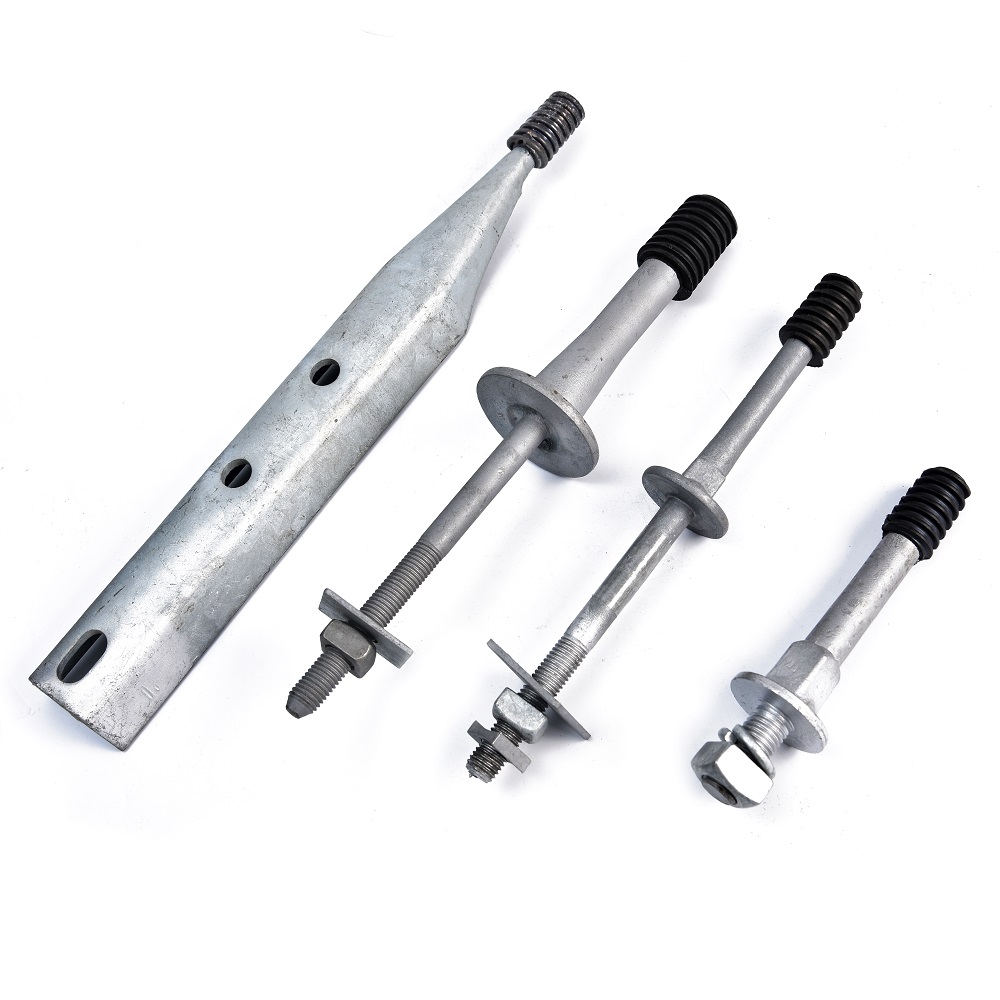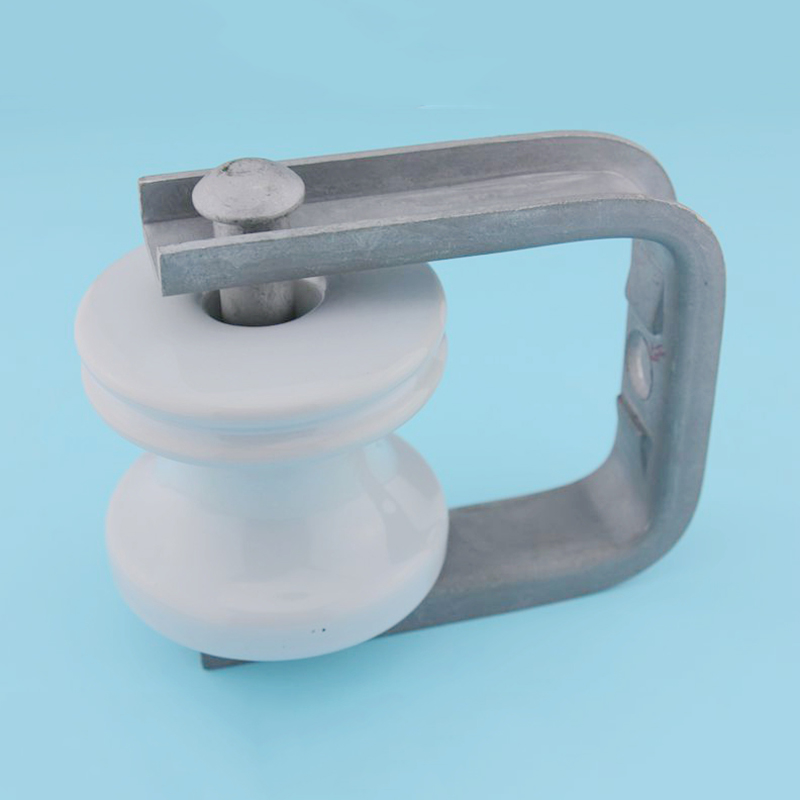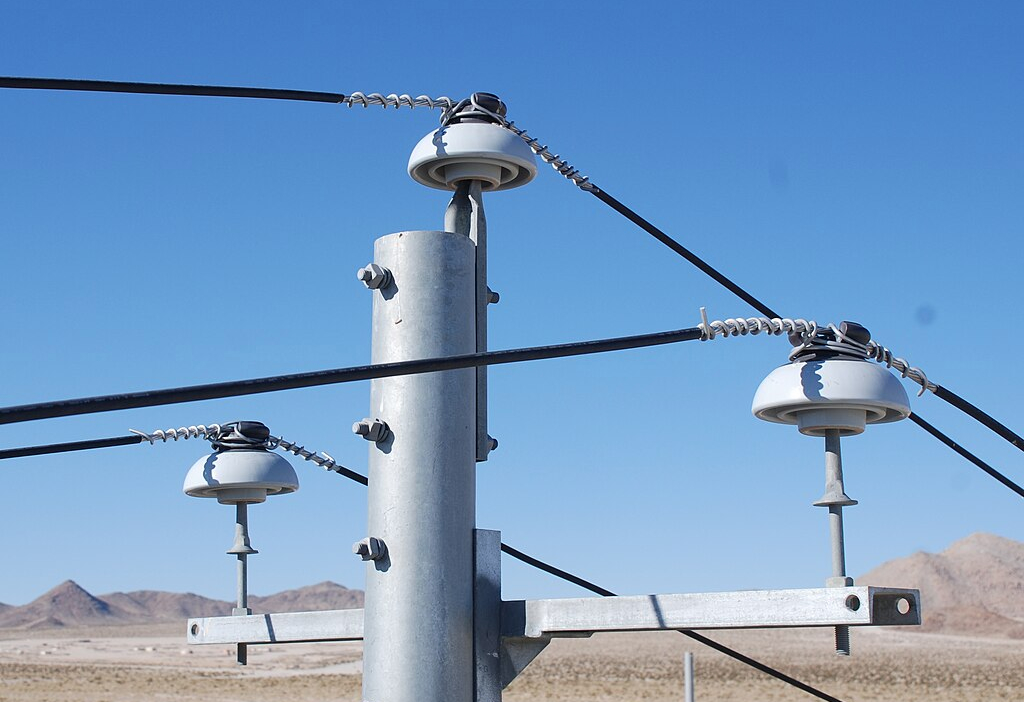The American Manufacturing Technology Association (AMT) and the American Machine Tool Distributors Association (AMTDA) recently released relevant statistics for the first half of the year: From January to June this year, the cumulative consumption of machine tools in the United States was $759.3 million, a decrease of 70.1% from the same period in 2008. .
From the situation in June, the US machine tool production was 917 units, an increase of 58 units from May; machine tool consumption totaled 135.85 million US dollars, an increase of 22% over May, but a decrease of 69.2% compared with the same period last year.
In terms of product categories, in June, the consumption of metal cutting machine tools was US$101.17 million, up 9.5% from the previous month, but down 71.4% from the same period of the previous year. The consumption of metal forming and manufacturing machine tools was US$ 24.46 million, a higher increase than the previous quarter, reaching 153.3%.
Insulator Hardwares
Insulator hardware for Poleline Hardware refers to the components used to support and insulate electrical conductors on utility poles. Some common insulator hardware used in poleline installations include:

1. Insulators: Insulators are typically made of porcelain, glass, or polymer materials and are used to prevent electrical current from flowing through the pole or other grounded structures. They provide electrical insulation and mechanical support for the conductors.
2. Insulator pins: Insulator pins are used to secure the insulators to the crossarms or other supporting structures. They are usually made of steel or other durable materials and come in various designs to accommodate different types of insulators.
3. Insulator Clevis: Insulator clevis are comprised of multiple insulators connected in series to provide the required electrical insulation for the voltage carried by the conductors. The number and arrangement of insulators in a string depend on the system voltage and other factors.
4. Suspension hardware: Suspension hardware includes various components such as suspension clamps, suspension insulators, and suspension links. These are used to support the weight of the conductors and insulators, ensuring proper tension and alignment.

5. Strain hardware: Strain hardware is used to absorb and distribute the mechanical forces exerted on the conductors due to wind, ice, or other external factors. It includes components such as strain insulators, strain clamps, and dead-end fittings.
6. Crossarm braces: Crossarm braces are used to provide additional support and stability to the crossarms, which hold the insulator strings. They are typically made of steel or other sturdy materials and help to prevent sagging or swaying of the conductors.
Yokelink Insulator Hardware are mainly used in transmission lines. It is used to connect crossarms, thereby joining the crossarms. By joining crossarms together, they are made stronger and more resistant to vibration.They are attached in cross arms of overhead transmission lines for supporting and connecting the crossarms by means other than welding. They join two crossarms or a cross arm with an insulator mounted on it. It is also put into one crossarm for joining cross arms together.
The Insulator cross arm pins have three parts – the crossarm pin base, a crossarm pin body, and the crossarm pinhead. The cross-arm pin base is fitted in an opening of a cross arm.The cross-arm pin body connects the cross arm with another cross arm or a crossarm insulator. The crossarm pinhead is placed on the top end of the cross-arm pin body and holds it into position so that it cannot move outwards.

Insulator Clevis, Post Studs, Pole Top, Forged Pin, Insulator, porcelain, Deadend
Ningbo Yokelink Machinery Co.,Limited , https://www.yokelink.com
